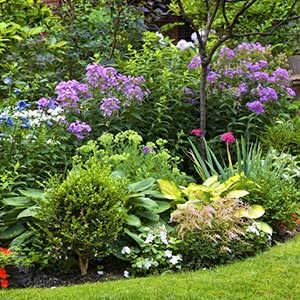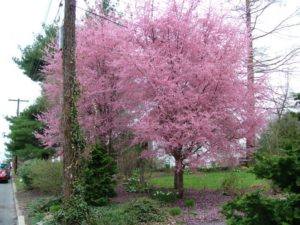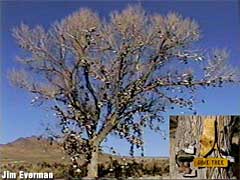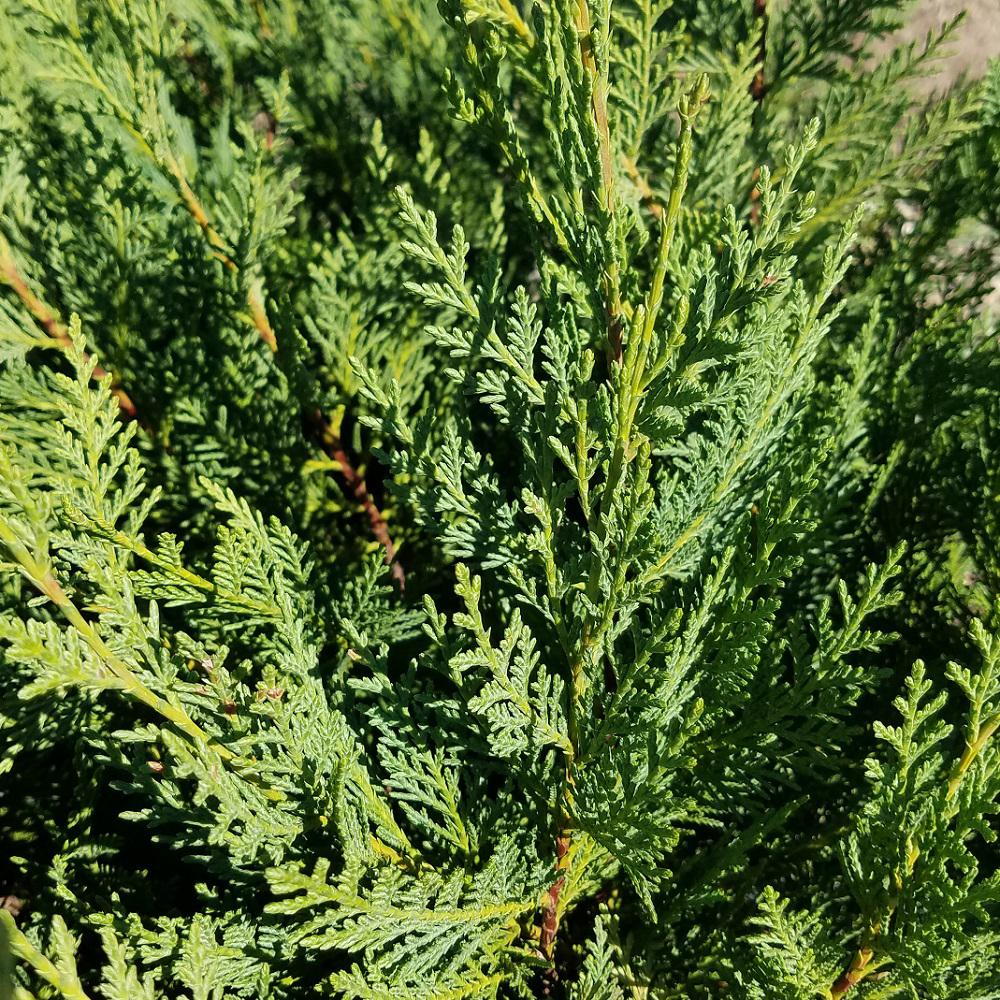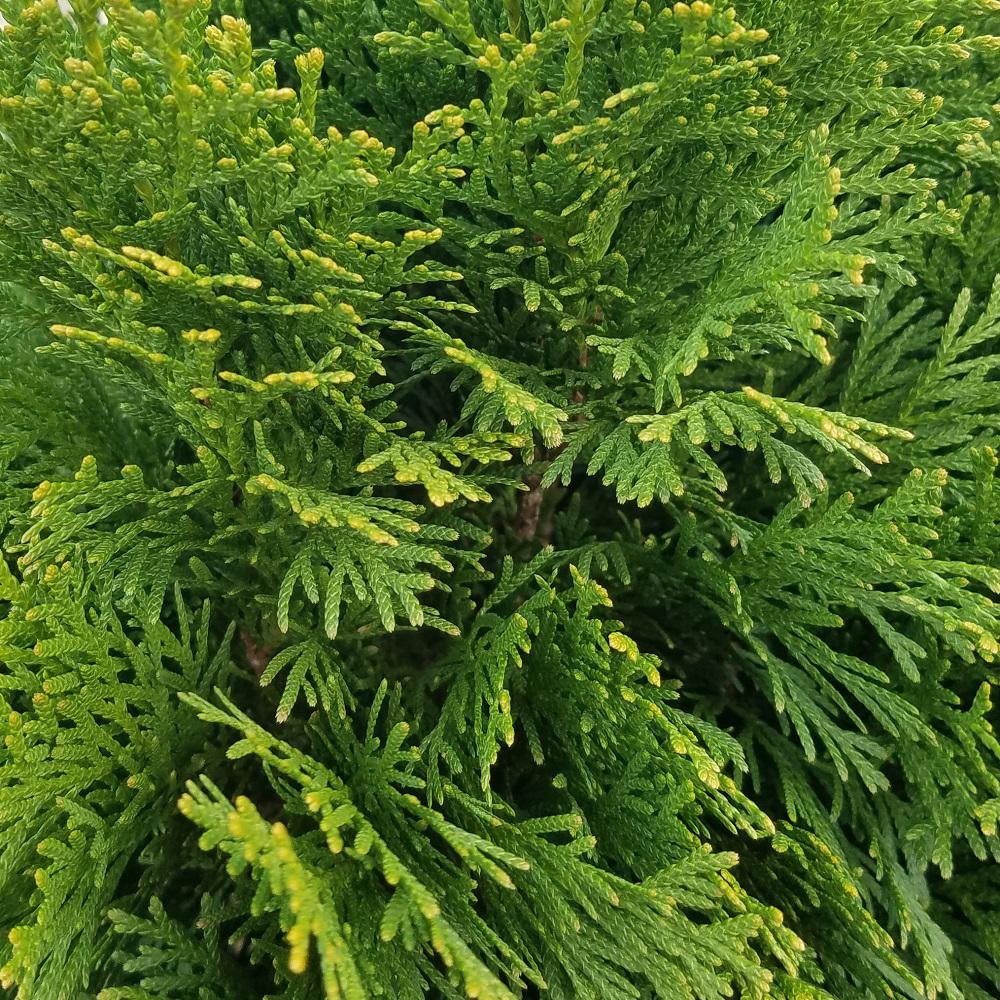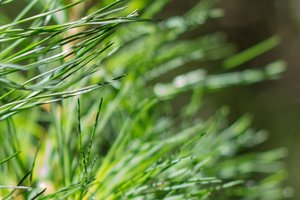Pine trees are members of the Pinaceae household and Pinus genus. Over 100 various types of evergreen can be discovered throughout The United States and Canada, Central America, South America and Canada, in addition to Europe, the Mediterranean and Asia.
The Contrast Among Citrus Trees And Different Trees
In the state of Washington, native pine trees consist of the Western White pine (Pinus monticola), Whitebark Pine (Pinus albicaulis), Ponderosa Pine (Pinus ponderosa) and the Lodgepole Pine (Pinus contorta).
The Western White Pine grows up to 160 feet and has pale brown, soft, carefully grained wood. The tree's blue green needles grow in clusters of 5 as much as four inches long. These big trees have a slim and long cone that can grow up to 15 inches in length. The tree, which is found at elevations from sea level to 7,000 feet, chooses wet, abundant soil.
Whitebark Pine, likewise described as the Scrub Pine, Creeping Pine and Pitch Pine, is found in high elevations and can grow to practically 90 feet in height. The tree's needles appear in clusters of five, and it's cone ranges in size from http://gregoryqsri674.bearsfanteamshop.com/10-things-your-competitors-can-teach-you-about-tree-trimming roughly 2.5 inches to over 4.5 inches long. The Whitebark Pine can have a shrub-like appearance. Its shape can also be affected by the wind.
The Ponderosa Pine, likewise called the western yellow pine, yellow pine, bull pine and blackjack pine, has soft fine-grained dark brown to reddish-brown wood. The Ponderosa can reach heights of over 200 feet. Its dark yellow-green needles grow in clusters approximately 11 inches long and its cones grow up to 6 inches long. Ponderosa pines can be found in numerous big gardens and parks.
Lodgepole Pines populate mountain areas and seaside areas. The Lodgepole can grow as either a shrub or tree. Different subspecies are used in landscaping and gardens. The tree requires full sunlight for development and does best in moist, well-drained sandy soils. Its needles grow in clusters as much as 3 inches in length.
Non-native pines that succeed in this area include the Pinus Flexilis "Cesarini Blue" and the Vanderwolf Pine. They are used in landscaping, gardening and as personal privacy trees. The Cesarini Blue requires full sun and can be kept dense and little with regular pruning. Unbalanced in appearance, it can mature to 14 feet in height with a 7 foot spread.

The Vanderwolf Pine, understood for its pyramid shape and soft blue-green needles that appear to glow in the sun, matures to 30 feet in height with a 15 foot spread. The Vanderwolf succeeds in full sun however can also endure partial shade.
If you are considering buying evergreen trees for personal privacy screening, a pine such as a Pinus Flexilis "Cesarini Blue" or Vanderwolf Pine may be a good option. Before selecting a tree, get advice from a big trees professional from a credible tree arborist about which would be the very best trees to transplant for your place and soil.
Do you require to remove a pine tree from your residential or commercial property? A big trees expert can describe your options, including having the tree "rescued" by doing a tree transplant for free.
















